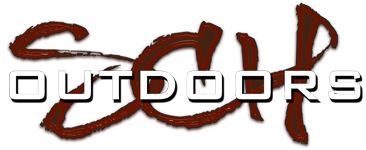If it is designated wilderness then it is “no trace left behind” which means nothing can be left. I had this discussion with the one of the federal lands biologist. Traps are the only thing that can be left in a wilderness area because it is a primitive form of hunting. Here is the full definition I was given when I inquired about traps and cameras.
Congressionally designated Wilderness areas are managed to preserve their "primeval character and influence, without permanent improvements,” “where man himself is a visitor who does not remain.” In order to preserve their undeveloped quality, installations are prohibited within Wilderness areas. There is an exception that recognizes the value of trapping as a primitive recreational activity allowing traps to be left behind for a reasonable period of time. Wildlife cameras, on the other hand, are considered installations and are prohibited within Congressionally designated Wilderness areas. Even as the managing agency we are only allowed to install wildlife cameras when it is the minimum necessary for the preservation of Wilderness character and after going through a very through analysis of the situation.
If you have questions about preserving Wilderness character and what is or is not allowed, I would be happy to chat with you about your efforts and potential collaboration outside of Wilderness. I have attached the Manual 6340—Management of Wilderness and copied sections below for your easy reference.
B. Prohibited Uses
2. The Prohibited Uses
There are ten developments and uses that are referred to in the Act as “Prohibited
Uses” and are also known as “the Section 4(c) prohibitions.” Definitions and
discussion of each prohibited use are provided below. (See attachment)
There shall be no:
- commercial enterprise,
- permanent roads,
and, except as necessary to meet minimum requirements. There shall be no:
- temporary roads,
- motor vehicles,
- motorized equipment,
- motorboats,
- landing of aircraft,
- mechanical transport,
- structures, or
- installations.
j. installations. Anything made by humans that is not intended for human
occupation and is left behind when the installer leaves the wilderness.
“Installations” can be stationary (including, but not limited to: weather stations,
physical geocaches, and trail signs) or mobile (including, but not limited to,
radio collars or other remote tracking devices when they are installed in the
wilderness). Installations include things that remain on the landscape such as
trails and bridges. They do not include non-motorized devices that are carried
by people in the wilderness and leave with them (including, but not limited to:
GPS units, emergency location transmitters, cell phones, watches, and
computers)

